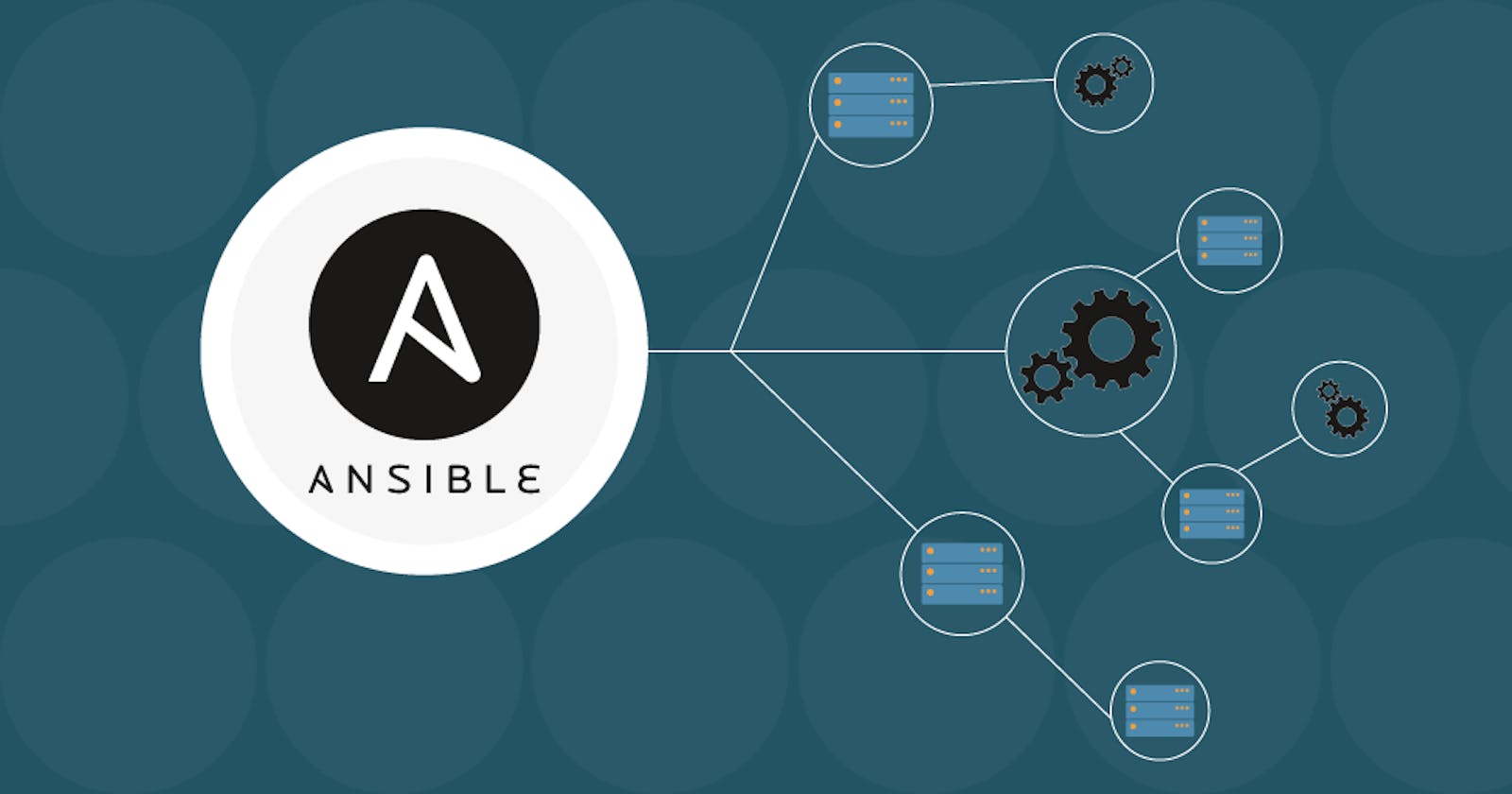Demystifying Ansible: A Comprehensive Guide to Configuration Management and Automation
In today's fast-paced IT landscape, the need for efficient and scalable automation solutions is more critical than ever. Enter Ansible – a powerful open-source automation tool that simplifies complex tasks, streamlines IT operations, and empowers organizations to manage infrastructure at scale. In this blog post, we'll delve into the world of Ansible, exploring its key features, architecture, and use cases.
✴️What is Ansible?
At its core, Ansible is a configuration management and automation tool that enables users to automate the provisioning, configuration, deployment, and orchestration of IT infrastructure. Developed by Red Hat, Ansible is designed to be simple, agentless, and easy to use, making it accessible to both beginners and seasoned professionals alike.
✔️Key Features of Ansible:
Agentless Architecture: Ansible operates in an agentless manner, leveraging SSH for communication with remote nodes. This eliminates the need for installing and managing agents on target systems, simplifying deployment and reducing overhead.
Declarative Language: Ansible uses a simple and human-readable YAML syntax to describe the desired state of infrastructure resources. With its declarative approach, users can define configurations in a concise and intuitive manner, focusing on the "what" rather than the "how" of automation.
Idempotent Execution: Ansible ensures idempotent execution, meaning that running the same playbook multiple times results in the same desired state, regardless of the initial state of the system. This promotes predictability, reliability, and consistency in configuration management.
Modular Design: Ansible adopts a modular architecture, with a vast ecosystem of modules, plugins, and roles that extend its functionality and integrate with various technologies and platforms. Users can leverage these modules to automate tasks across diverse environments, including cloud, on-premises, and hybrid infrastructures.
Orchestration and Workflows: Ansible provides robust orchestration capabilities, allowing users to define complex workflows and coordinate multi-tier deployments across multiple nodes. With features such as task sequencing, conditionals, and error handling, Ansible enables sophisticated automation scenarios with ease.
✔️Use Cases for Ansible:
Infrastructure Provisioning: Automate the provisioning and configuration of servers, virtual machines, and cloud instances on platforms such as AWS, Azure, and VMware.
Configuration Management: Manage and enforce configuration settings across IT infrastructure, including operating systems, network devices, databases, and middleware.
Application Deployment: Automate the deployment and scaling of applications, containers, and microservices across development, testing, and production environments.
Continuous Delivery: Integrate Ansible with CI/CD pipelines to automate software builds, testing, and deployment processes, ensuring rapid and reliable delivery of applications.
Security Compliance: Enforce security policies and compliance standards by automating security hardening, patch management, and vulnerability remediation tasks.
✅Conclusion:
In summary, Ansible is a versatile and powerful automation tool that empowers organizations to automate, streamline, and scale their IT operations. Whether you're managing infrastructure, deploying applications, or orchestrating complex workflows, Ansible provides the flexibility, simplicity, and reliability needed to succeed in today's dynamic IT landscape. Embrace Ansible as your automation partner and unlock the full potential of automation in your organization.
Hope you find it useful :)
###

